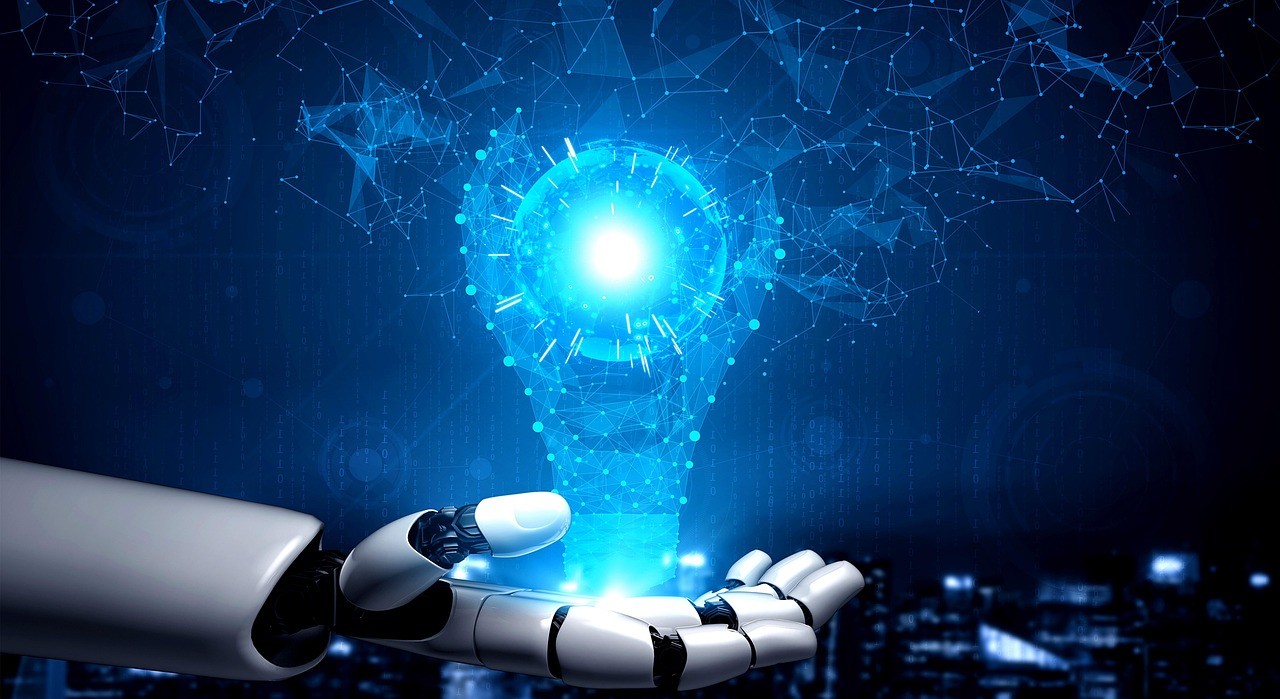When we talk about artificial intelligence, we think of servers, algorithms and linguistic models but rarely consider its impact on water consumption. Yet the operation and above all the training of the AI involves an impressive needs of water
Motivations for which water is necessary for AI
The need for water atArtificial intelligence It is mainly due to the cooling of data centers, real digital engines of the modern world.
This is where the servers are found that process data and information in real time, beating heart of the AI. But these infrastructures require huge quantities of water to keep the internal temperatures under control during the peaks of activity. The cooling It therefore becomes crucial to guarantee its efficiency and operational continuity.
Six billion water
The theme is at the center of communication and sustainability debates. According to reports from Digital Sustainability Daythe training of generative artificial intelligence models may require up to 6 million liters of water globally.
It is a volume comparable to the annual needs of thousands of families. This involves inevitable ethical and ecological dilemmas. A figure that surprises and worries, especially in a country like Italy, where losses in the water network exceed 40% and the water crisis has become a constant, especially in the southern regions.
Ethical dilemmas
The intensive use of water by theAI raises significant ethical questions. Access to drinking water is still denied to about 2 million people and it comes by itself that it is a moral problem to know that large quantities are used to support, for example, advertising algorithms or recommendation systems.
Can technology become part of the solution?
If used in a functional way it is the same technological evolution to come to the rescue of this important criticality. With sensors and algorithms, water consumption could also be reduced by 50%.
For example, sensors can detect the temperature, humidity and efficiency of the system in real time. Algorithms may provide for load peaks and activate cooling only in the necessary moments, avoiding the continuous and superfluous use of water.
The systems therefore adapt to the actual load load of the servers: if the activity drops, they automatically reduce the use of resources. It also becomes necessary to activate intervention plans that provide, for example, optimization of models, shift of Data Center at Cold Regionsfind alternative cooling systems, reuse the water with systems closed for recycling.

